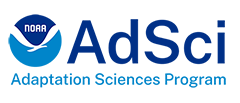Forecasting community reassembly using climate-linked spatio-temporal ecosystem models






Advancing scientific understanding of climate, improving society’s ability to plan and respond






Advancing scientific understanding of climate, improving society’s ability to plan and respond

